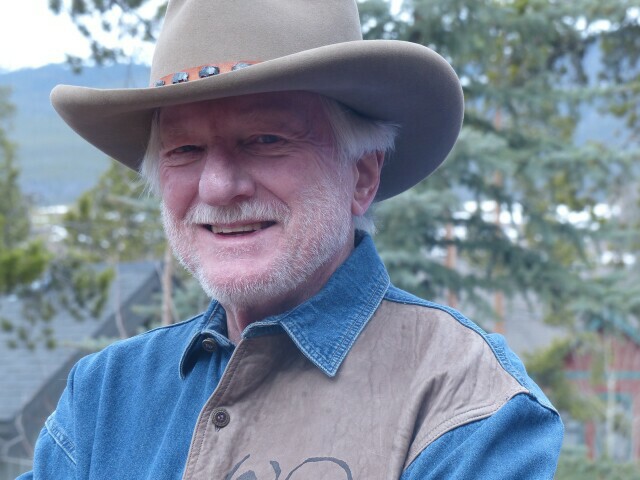Welcome to Boston and INTX... Formerly the Cable Show

The big show starts Monday, four fun-filled days of stirring speeches, incredible pitches and miles of concrete brought to you by NC2TA. (That’s the *National Comcast/Charter Telecommunications Association just in case you weren’t sure. It used to be known as the National Cable & Telecommunications Association.)
I’ll be there Sunday for the 50th Cable TV Pioneer dinner and induction ceremony. Got some serious friends (Glenn Duval, Jeff Bewkes, Leslie Ellis, Marwan Fawaz), colleagues (Mark Lieberman) and notables (Brian Roberts, Peter Kiley) being inducted. Been a Pioneer for over 25 years; really looking forward to it … especially listening to emcee Les Read and making the after-party!
Monday night will bring The CableCenter Hall of Fame. Another great networking event.
INTX is now what used to be the cable industry (operations, tech and video) plus the burgeoning broadband infrastructure plus edges (you know, the tiny companies like Google and Facebook and Netflix; otherwise known as the Federal Confusion Commission’s latest shiny objects).
So what does INTX mean?
“I” like in iPhone?
“N” like in Nerd?
“T” still means TeleVision, I suppose.
“X” might just mean exchange … like of ideas. Or, not so subtly, “X-finity”!
Officially (if there is such a thing), INTX actually stands for the “Internet and Television Expo.”
Which it is.
Last year, in Chicago, was the first time some folks figured out that the entire eco-system depended upon the subscription economy (with per view payments of some VOD/SVOD services sort of icing on the cake). Some folks also understood that cable, ahead of telco Digital Subscriber Lines, would be the infrastructure that would, so to speak, fast forward the development of the internet into today’s broadband base. Not to leave it to cable only, wireline telcos jumped into the fray with, first, better DSL and then with fiber -- sometimes to the home, sometimes to a curb somewhere. Even via two-way satellite (which, to be clear, as a resident of a rural boondock -- with ski areas and lots of bike paths, though -- was our first Internet connection outside Breckenridge until Comcast sort of built out).
Worth mentioning here: It was cable that first proved satellite could be used to distribute programming (first to systems; then Direct-to-Home via PrimeStar).
Along with serious Internet speeds came over-the-top services (or OVD in FCC-speak; online video distributors, or something as arcane).
At INTX in Boston, FCC Chairman Tom Wheeler, who will speak, might take a look at all of the competition on the show floors. He might discover it is the intersection of all that’s going on in the extended media/telecom eco-system.
And it is full of competition! Can’t find any monopolies here! (Unless, of course, you’re a non-urban customer in need of high speed Internet. How else do you think Comcast can afford to buy Dreamworks? But hey, that’s quibbling.)
Random Notes
There’s growing competition in the world of measuring what’s what in these industries, too. Nielsen’s new Total Content Ratings (delayed plus other device viewings of originally broadcast or cablecast shows), Rovi/TiVo data from STBs, ComScore’s absorption of Rentrak and more from every part of the Internet are all competing to measure who does what to whom or for whom. These are the biggest challenges to Nielsen’s currency since what’s his name in the UK walked off his yacht.
The opinions and points of view expressed in this commentary are exclusively the views of the author and do not necessarily represent the views of MediaVillage/MyersBizNet management or associated bloggers.


